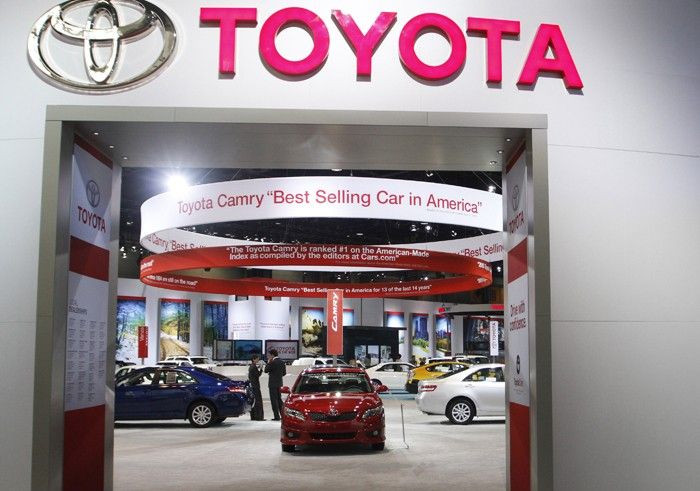Alabama tornadoes set back Toyota even further
COLUMN: Since late 2009, car maker Toyota has been hit with one problem after another, denting its once untouchable position and illustrating the ephemeral nature of success in the business world

The year 2011 hasn’t been kind to Toyota and Alabama tornadoes just set it further back.
In March, Toyota’s production facilities in Japan were hit with the tragic earthquake and ensuing tsunami. Afterwards, Toyota contended with the looming nuclear crisis.
As a result of the severe damage and disruption, Toyota’s production won’t return to normal until November or December of this year. So far, Toyota has already suffered a production loss of 260,000 vehicles, which puts it in danger of giving its top global carmaker title back to General Motors.
Now, in April, the violent storms that swept across southern US further disrupted Toyota’s production because the company has plants in Huntsville, Alabama. There, the power has been temporarily cut by the tornado.
Although Alabama’s situation is likely temporary, it’s just one more issue in a series of setbacks for Toyota.
In 2008, Toyota looked invincible. It became the largest carmaker in the world, dominated the all-important hybrid market with the Prius, and had billions of idle cash while its US archrivals teetered on the edge of bankruptcy.
Then, starting from 2009, it was hit with massive recalls. In 2011, it’s now struggling with natural disasters. Furthermore, General Motor has emerged from bankruptcy, reduced its debt burdens, and may once again emerge as a worthy adversary.
The production mistakes that led to the recalls are squarely Toyota’s own fault; its overwhelming desire to capture market share and overtake General Motors loosened the obsession it once had with quality control.
Japan can’t really be blamed for the natural disasters of 2011. It even diversified its production facilities geographically, but disaster struck in both America and Japan.
However, its just-in-time manufacturing process did make the problems of the natural disasters worse because the process reduced inventories and parts. The lack of supplies and parts is precisely why the entire production chain has been disrupted in 2011.
Ironically, just-in-time was heralded as one of the key reasons for Toyota’s success and its overtaking of General Motors.
Toyota’s fall from dominance in the past few years shows that success in the business world is often ephemeral. Indeed, even the strength one has can quickly later turn into a crippling weakness.
© Copyright IBTimes 2025. All rights reserved.





















